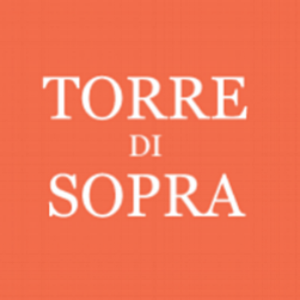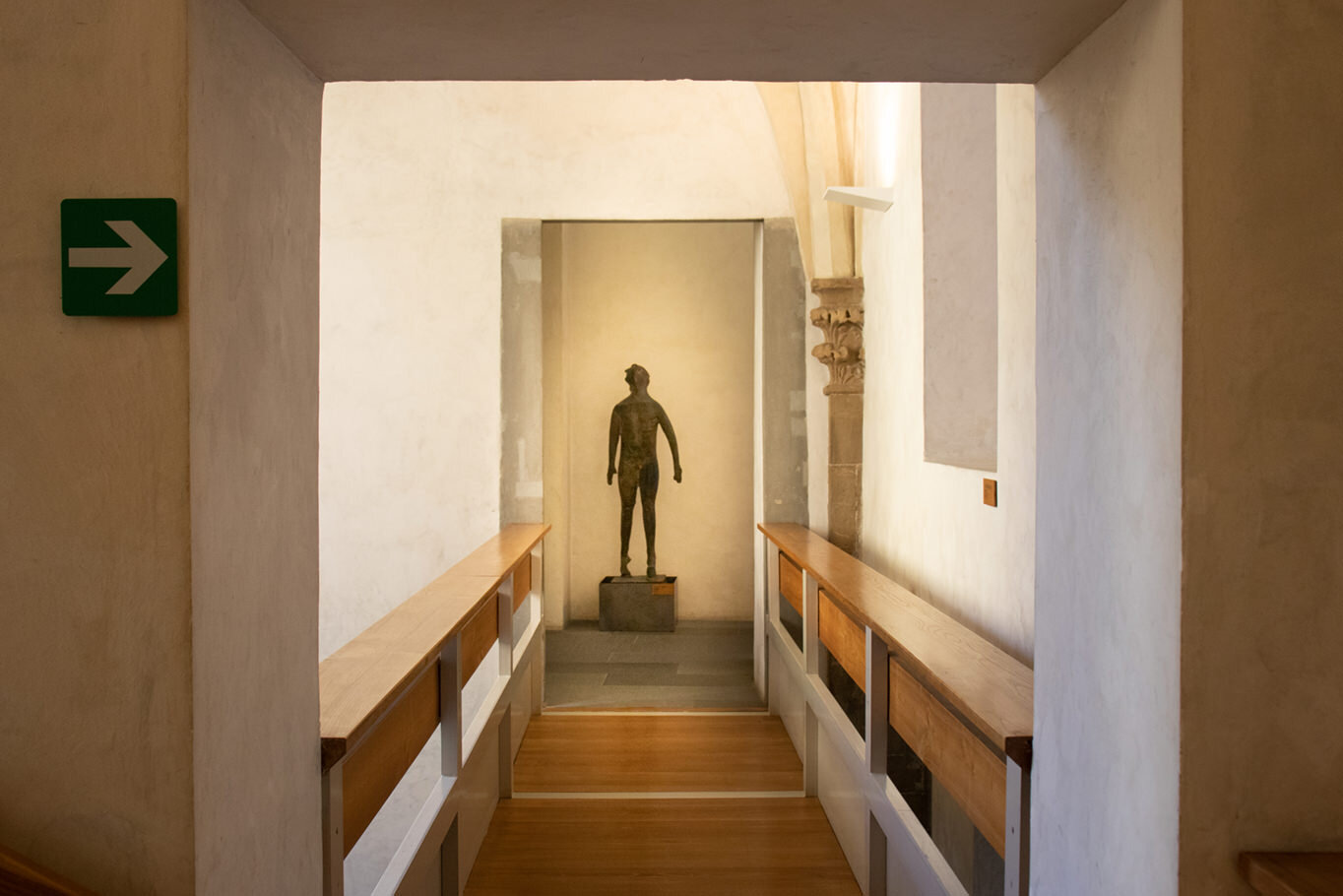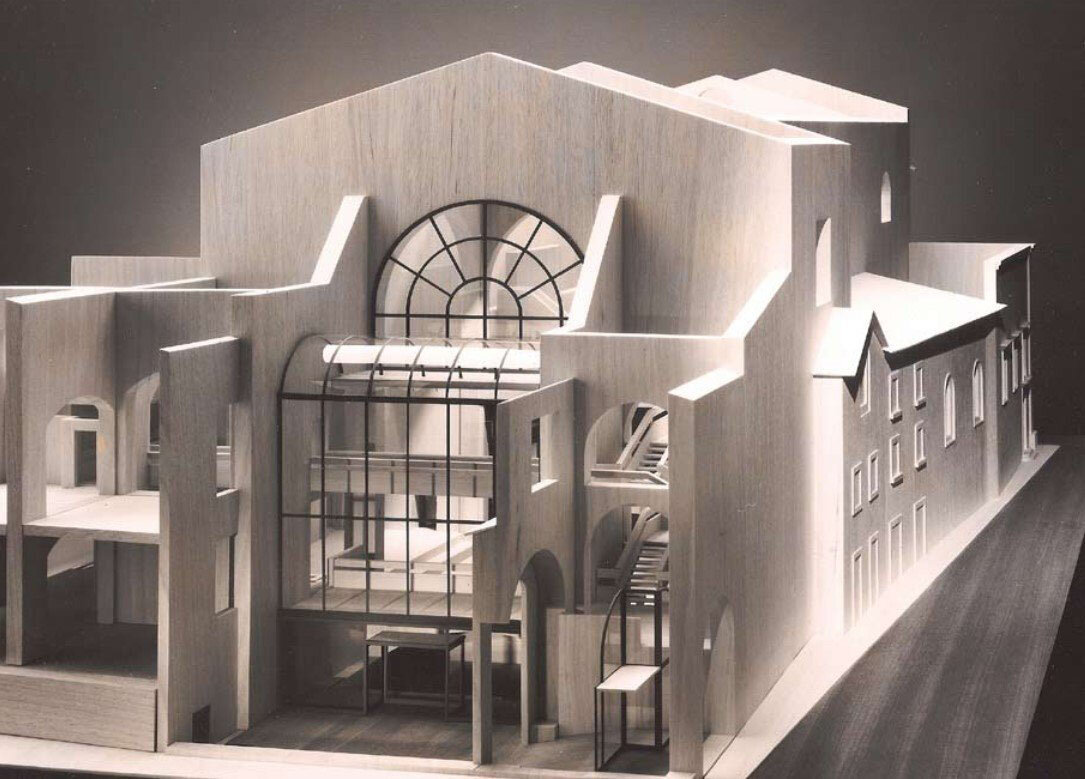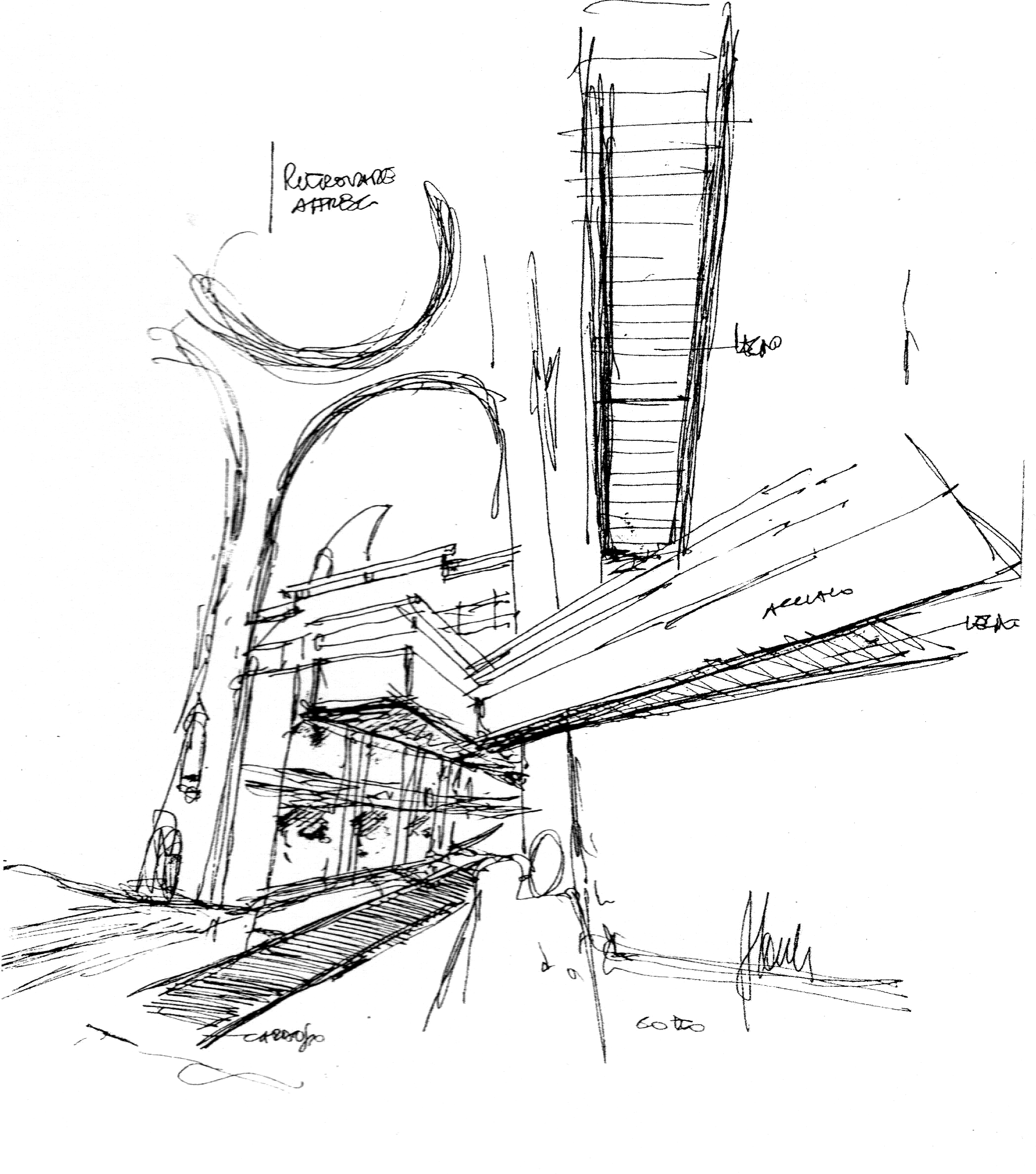Torre di Sopra dates back to 1070, standing as one of the oldest surviving watchtowers in the Florentine hills.
After centuries of transformations, the Torre entered a new chapter in 1975, when it was restored by modern architect Bruno Sacchi as his family home and studio.
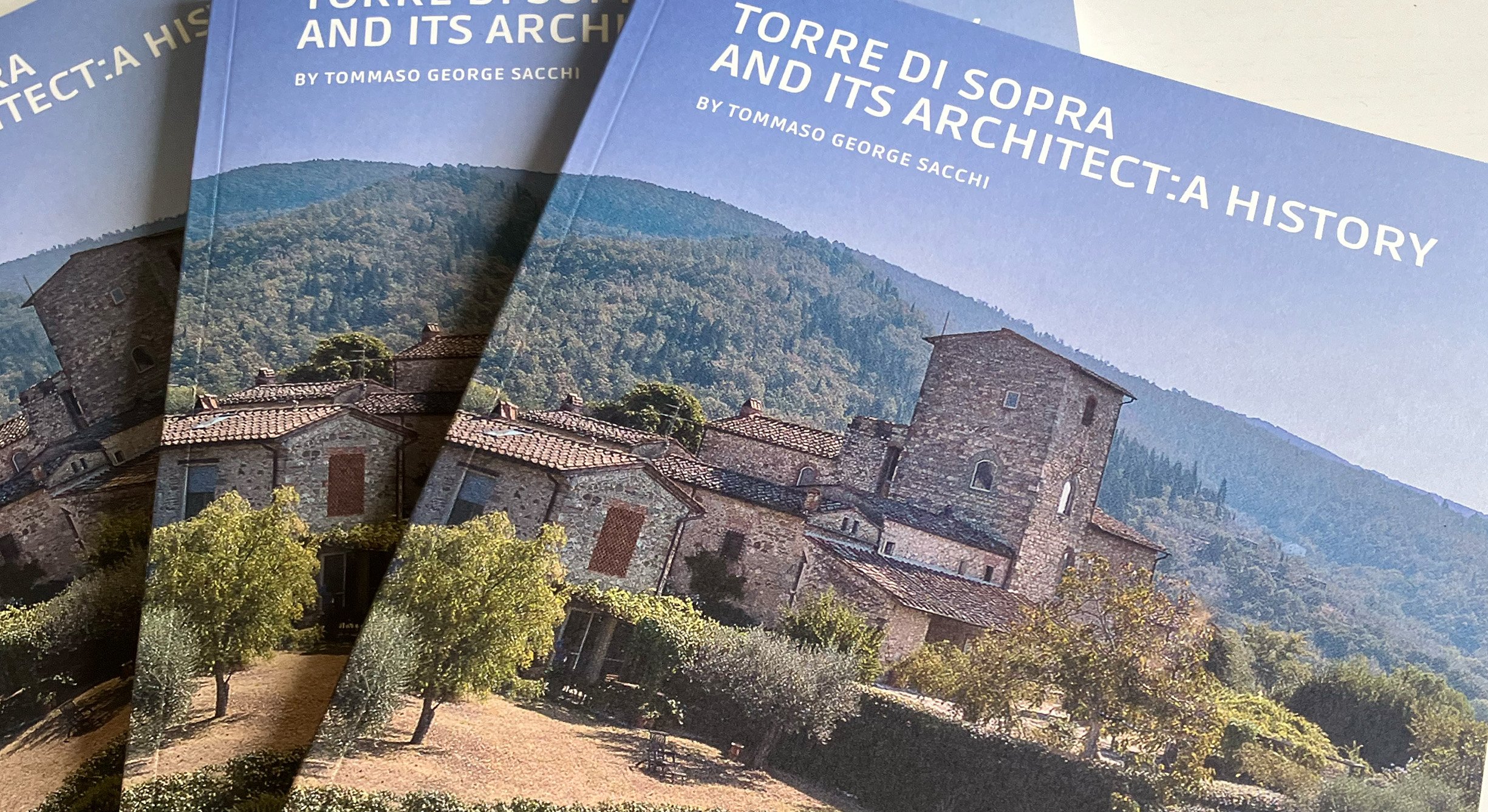
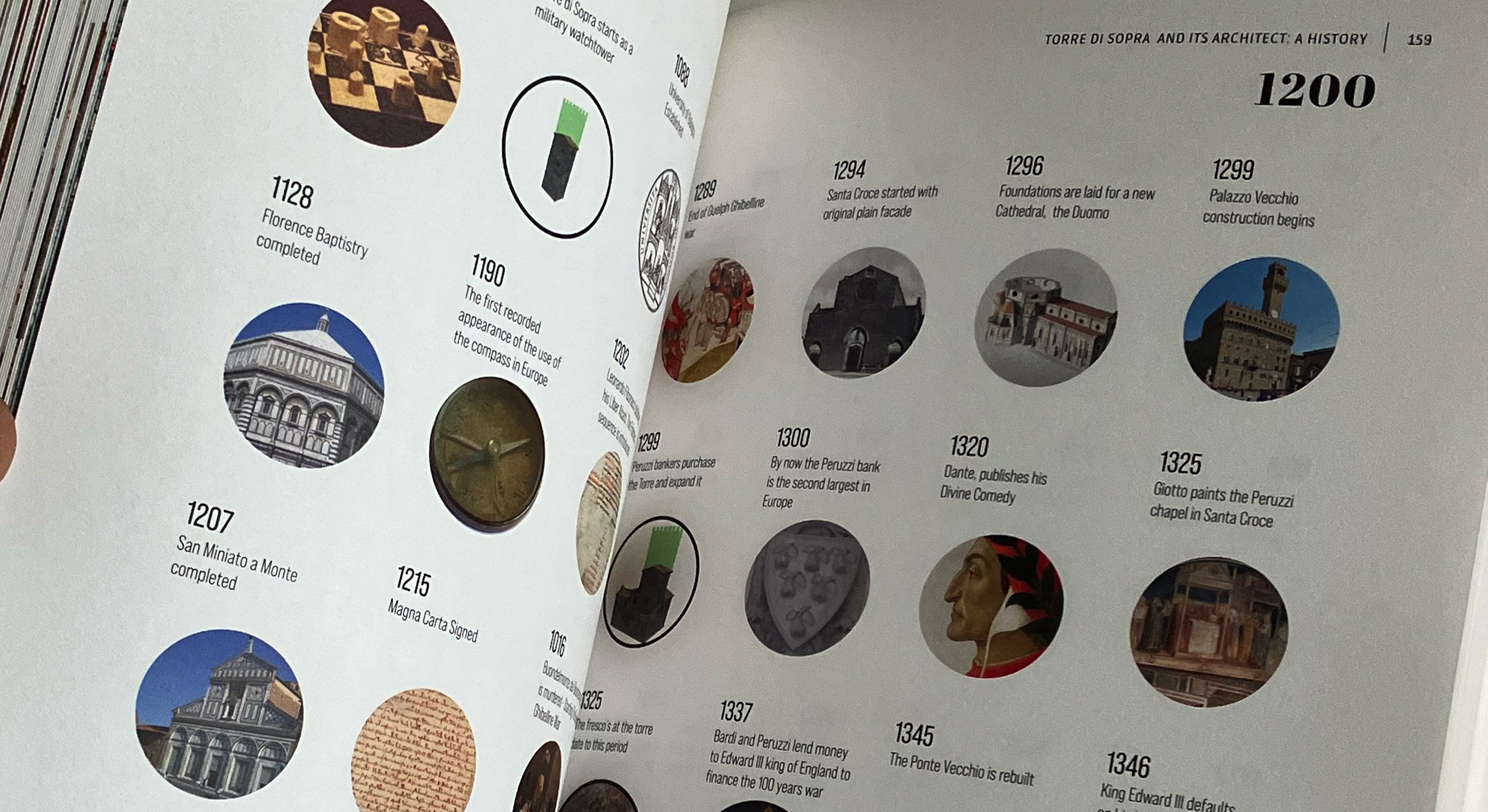
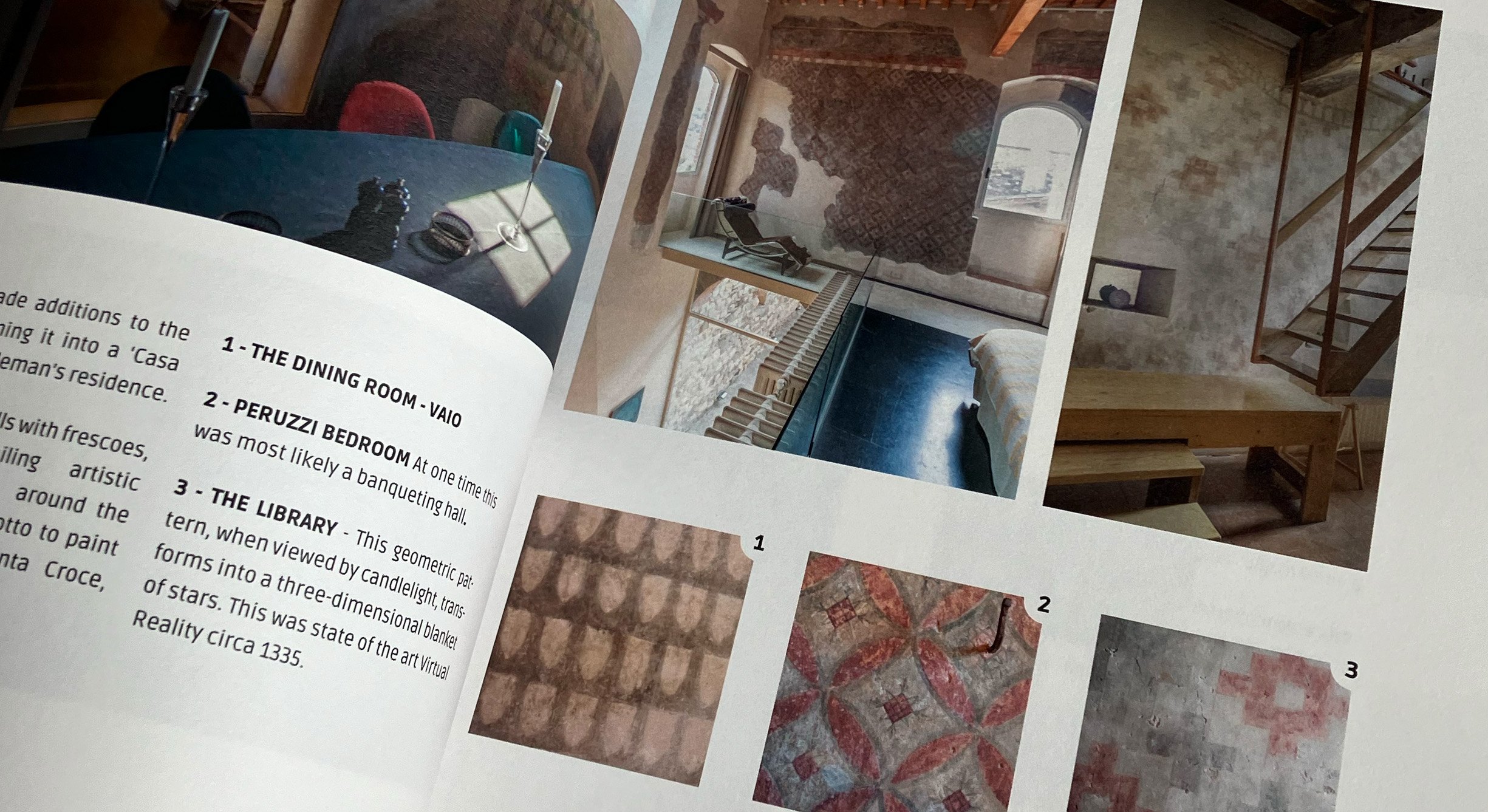
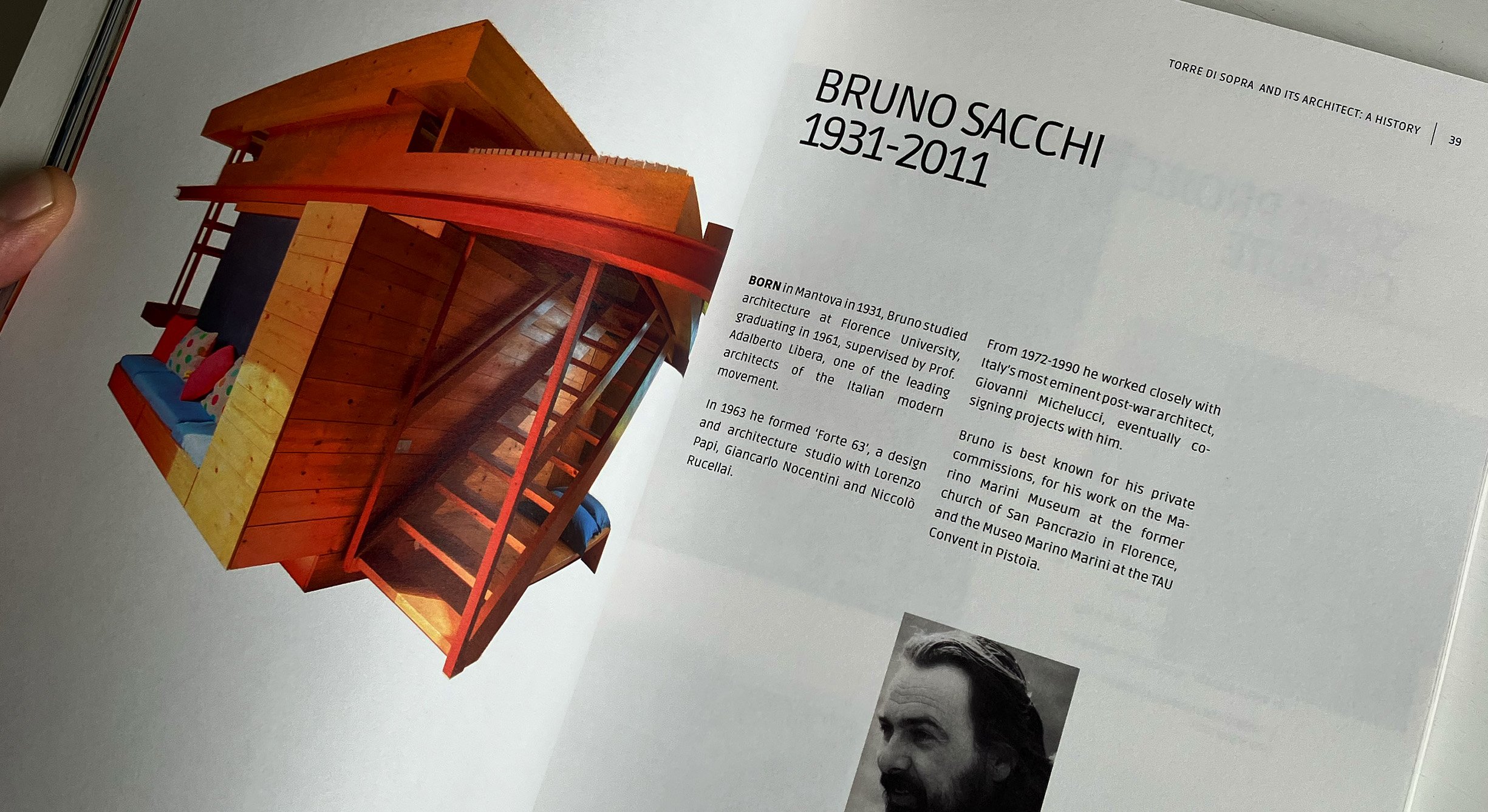

Bruno Sacchi
Bruno Sacchi in 1972 with Henry Moore, Giovanni Michelucci - A meeting for a monument to Michelangelo.
1931-2011
Born in Mantova, Bruno Sacchi studied architecture at the University of Florence, where he soon became part of the city’s creative resurgence.
He co-founded the architectural collective Studio Forte 63, and later worked closely with Giovanni Michelucci, Italy’s most eminent post-war architect — co-signing major projects and sharing a deep belief in architecture as a social and spiritual art.
Now recognized as one of the great Italian architects of the 20th century, Sacchi’s work bridges tradition and modernity with extraordinary sensitivity.
His primary projects are preserved in the State Archive and at the Michelucci Foundation in Fiesole.
At Torre di Sopra, his private home and studio, these ideas took intimate form — where medieval stone and modern light continue their quiet dialogue.
His San San Remo project on the cover of the best of Casa Vogue
His architectural career would later include the Museo Marino Marini in the former church of San Pancrazio in Florence, and the Palazzo del Tau in Pistoia.
His private houses, many featured in Casa Vogue, remain among his most sensitive and enduring works.
Within the Torre’s frescoed dining room, visitors can still admire the remarkable painting known as “Vaio.”
It depicts the historic use of ermine fur as insulation in the field tents of generals — a medieval symbol of power and prestige.
Throughout the house, Marino Marini’s presence lingers in both art and memory — a friend and artistic peer whose influence continues to resonate.
The MARINO MARINI museum in Florence.
Museo Marino Marini - Florence
